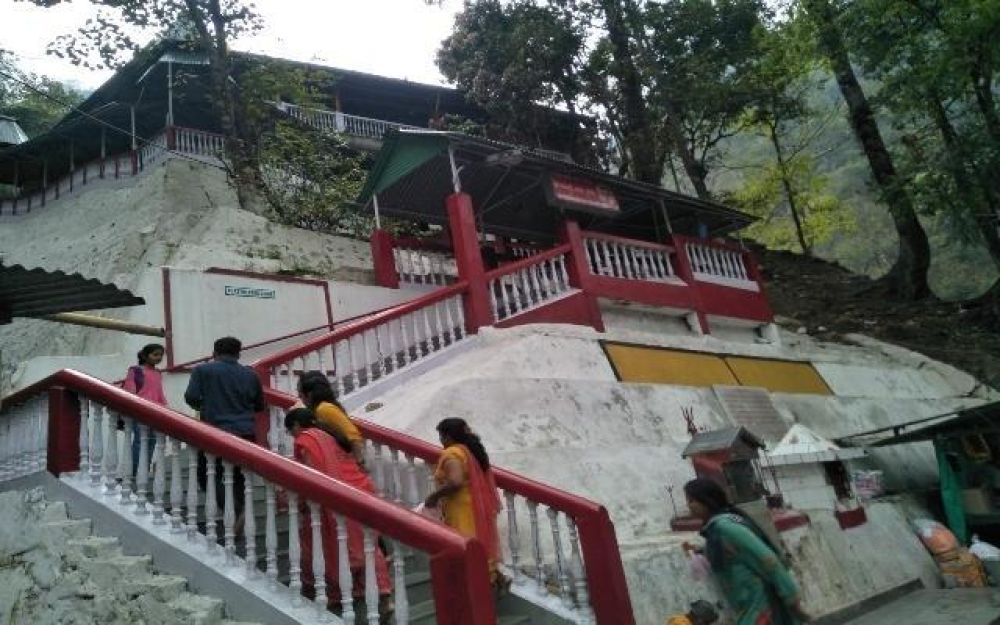

The Kali Mandir, located in the bustling city of Siliguri in the Indian state of West Bengal, is a revered Hindu temple dedicated to the Goddess Kali. Siliguri, situated at the foothills of the Himalayas, serves as a transit point to many travelers heading towards the northeastern states, Bhutan, Nepal, and the hill stations of Darjeeling and Sikkim.
The temple's origins are not well-documented in ancient texts, but it has been a significant spiritual destination for local inhabitants for many years. Over time, the Kali Mandir gained prominence with the growth of Siliguri as a commercial and transport hub. This increased accessibility drew more pilgrims and tourists to the temple, thus embedding it into the tapestry of the region's tourism.
The Kali Mandir began to see a significant rise in visitor numbers during the late 20th century when infrastructure improvements made Siliguri more accessible. As tourism strategies expanded to include religious tourism, Kali Mandir became an important stop for those seeking spiritual experiences in West Bengal.
The Kali Mandir complex boasts a serene environment despite the city's hustle and bustle. The temple features a traditional Bengali architectural style with intricate designs and a spacious courtyard. It attracts devotees and tourists alike who come to offer prayers, seek blessings, and marvel at the temple's religious significance and cultural heritage.
Festivals like Diwali and Kali Puja are celebrated with great pomp and show, drawing large crowds from all over the region. During these festivals, the temple is adorned with lights and flowers, and the air is filled with devotional songs, making it an auspicious time to visit for an authentic cultural experience.
Recent trends in tourism in Siliguri have shown an increased interest in experiential and spiritual journeys. Visitors not only wish to see places but also immerse themselves in local culture and practices. Consequently, destinations like Kali Mandir have become crucial in offering these holistic experiences.
Additionally, eco-tourism and sustainable travel practices are gaining momentum around Siliguri. Tourists are increasingly looking for options that minimize environmental impact, aligning with eco-friendly accommodations and activities that support local communities.
Best Time to Visit: The temple is open year-round, but visiting during the cooler months from October to March is ideal.
Accessibility: Siliguri is well-connected by air, rail, and road. The nearest airport is Bagdogra, and the New Jalpaiguri Railway Station (NJP) serves as the primary railhead. Local transportation is readily available to reach the Kali Mandir.
Accommodation: Siliguri offers a range of accommodation options, from budget to luxury hotels, many of which are in proximity to the Kali Mandir.
The Kali Mandir in Siliguri stands not just as a place of worship, but also as a cultural cornerstone attracting tourists and devotees who seek a blend of spiritual fulfillment and local tradition. Its contribution to the region's tourism is a testament to its importance and popularity among those visiting West Bengal.